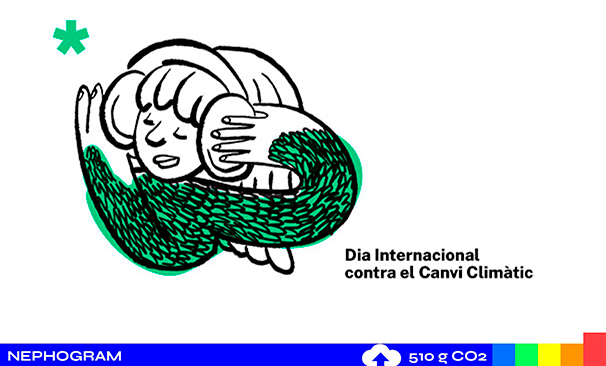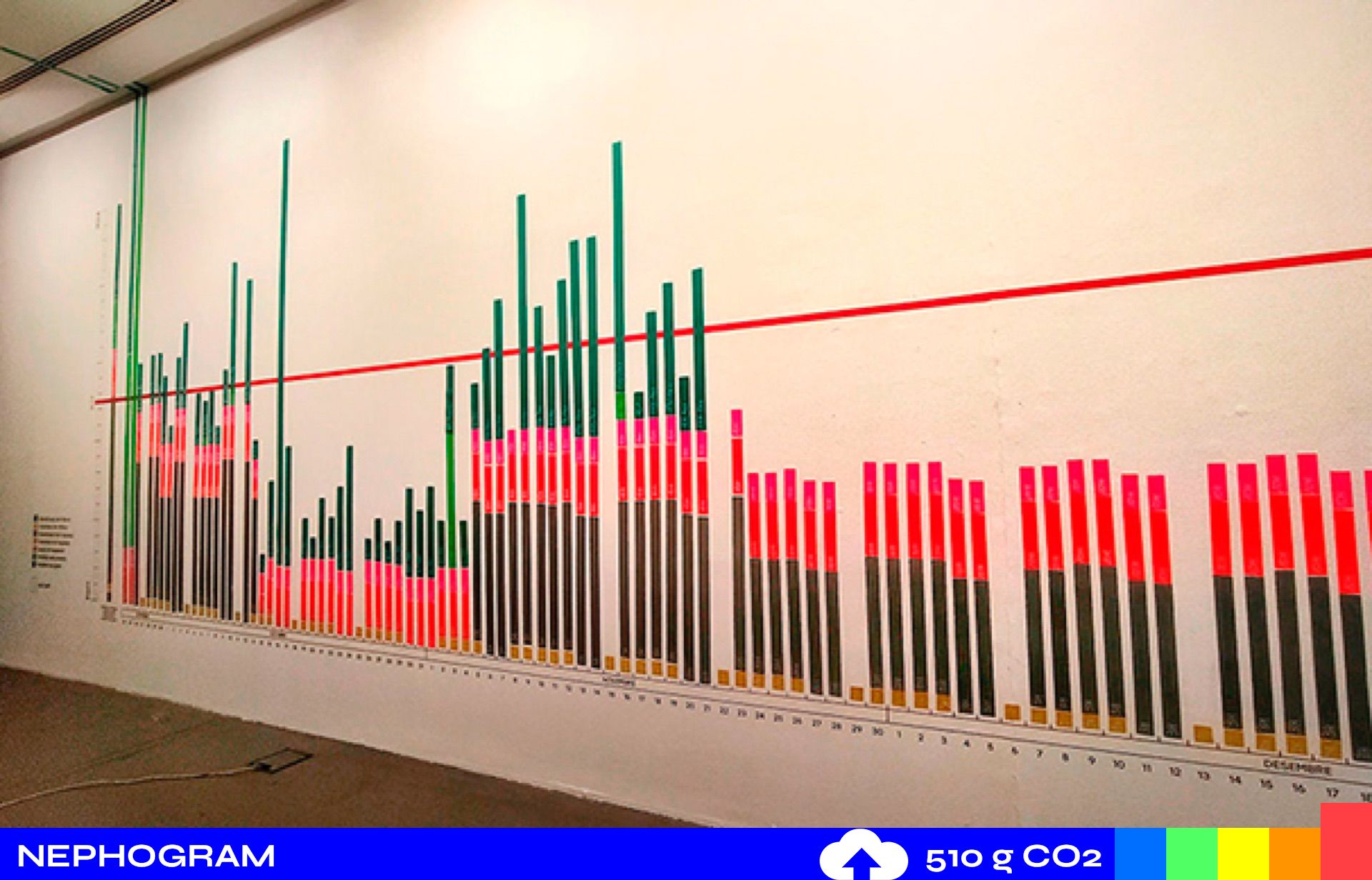What are you looking for?
You might be looking for...
Initiatives in response to climate emergency

Today, 24 October, we celebrate the International Day against Climate Change.
In a context of environmental, social and economic emergency, alternative visions, new approaches and paradigm shifts are needed. For this reason, at Santa Mònica we have incorporated an eco-social perspective as one of our main lines of programming and research, not only from a strictly theoretical point of view, but also through tests and prototypes.
With the aim of evaluating the environmental management of the centre, in recent months we have been observing ourselves with a "DGQA look" in order to obtain the environmental quality guarantee distinction (DGQA), a Catalan eco-labelling system that has a specific category for cultural spaces and recognises those that exceed certain environmental quality requirements beyond those established as compulsory by current regulations. This recognition is awarded by the Department of Climate Action, Food and Rural Agenda of the Generalitat de Catalunya to highlight the eco-efficiency and environmental sustainability of products and services.
With the support of the Pla C* Cultura pel Clima, we are working on tools and resources to help groups, artists and users of the centre to incorporate good practices that favour the reduction of the environmental impact of the activity and facilities of the centre.
We also continue to promote projects and initiatives to reflect on these issues. This summer, Santa Mònica offered itself as a climatic and cultural refuge for the neighbourhood and users of the centre, joining the avalEstiuEducatiu climate refuges project and committing to turning the centre's terrace into a green, comfortable and resilient space in the face of the climatic emergency with the artistic installation ALPHA, Climate Shelter for Humans and Birds by TAKK.
However, we are aware of the contradiction of looking after the ecological footprint and keeping a facility open with the activity of the Santa Mònica, as was demonstrated in the project 16/2017 by the artist Joana Moll, who finally proposed closing the centre for a week to achieve the goal of reducing the centre's energy expenditure.
Along these lines, this year we have also questioned the centre's digital activity, since every activity we carry out in the digital environment also involves an environmental toll.
To help us make the calculations, we have collaborated with Andrés Galeano's artistic project Nephogram, which aims to make us reflect on the virtual cloud of the Internet and the environmental impact it has in the form of carbon dioxide, which is directly responsible for global warming. With the Nephogram app, available free of charge for Android and also for iOS, we have been able to measure the CO2 in the images we share on the Internet every day and see that every time we use a mobile phone or a computer, a whole infrastructure is set up that needs electricity to store and transmit this information through the servers. For example, the images linked to this publication generated 510g of CO2 each (2,040g - 2.04kg).
With all these initiatives, we take Santa Mònica as a small-scale test bench, as an institutional laboratory where we can test strategies that can later be extended to other areas and on a larger scale. There is still a long way to go to consolidate the environmental vision, but we hope that all this will contribute to improving the quality of the centre for its users and encourage a more ecological use.


